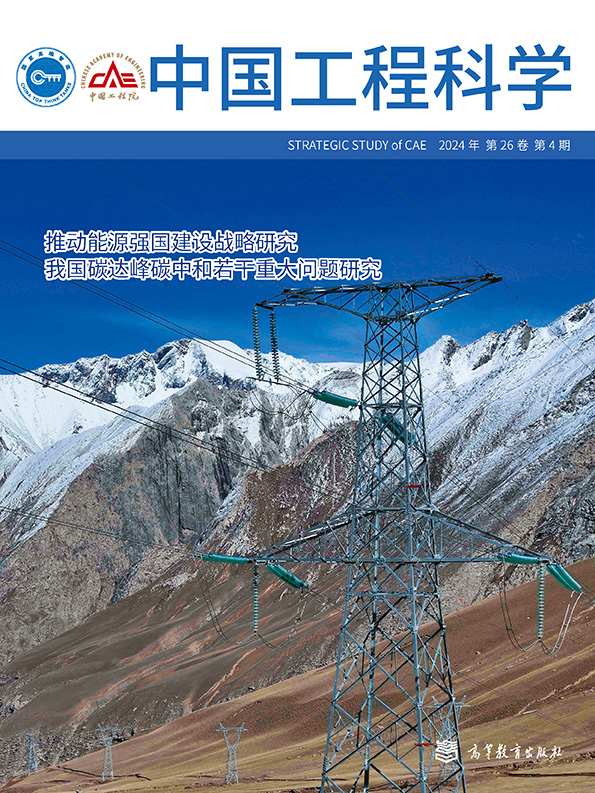黄河流域生态变化评价与保护对策
引用次数: 4
摘要
本文章由计算机程序翻译,如有差异,请以英文原文为准。
Ecological Change Assessment and Protection Strategy in the Yellow River Basin
: The ecological environment of the Yellow River basin is sensitive and fragile. Affected by climate change and large-scale, high-intensity human development, the overall and systemic ecological degradation of the basin is prominent, and the ecological security situation is unoptimistic. To effectively promote ecological protection, high-quality development of the Yellow River basin, and to build a strong ecological security barrier, we systematically evaluated the current status and changes in the Yellow River basin ecosystem regarding structure and quality in the past two decades. We summarized the main problems and deficiencies in the upper, middle, and lower reaches of the Yellow River, including the ecological fragility of the basin, prominent systemic degradation, and the constraints of the current work regarding institutional mechanism, investment, and implementing effect. Thus, we propose future ecological protection and restoration strategies. Our research shows that the Yellow River basin ecosystem has maintained a stable structure in the past two decades. However, ecosystem types have changed significantly, cities and towns have expanded considerably, forests, grasslands, and wetlands have increased, and desertified areas have been reduced considerably. The overall quality of the ecosystem, particularly in the middle reaches, has improved; however, degradation still occurs, particularly in the lower reaches. Therefore, we propose that ecological protection and restoration of the Yellow River basin should be strengthened through three aspects: (1) systematically evaluating the implementation of ecological projects, (2) promoting ecological protection and restoration according to local conditions, and (3) innovating the value realization mechanism of ecological products to ensure the ecological security of the region.
求助全文
通过发布文献求助,成功后即可免费获取论文全文。
去求助
来源期刊
自引率
0.00%
发文量
4428
期刊介绍:
"Strategic Study of CAE" is supervised by the Chinese Academy of Engineering, hosted by the Strategic Consulting Center of the Chinese Academy of Engineering and Higher Education Press Limited Company, and published by the Strategic Study of CAE Editorial Department. This journal is one of the "1+9+1" series of journals of the Chinese Academy of Engineering, and its editorial board is the Consulting Working Committee of the Chinese Academy of Engineering.
This bimonthly journal is published in Chinese. It is a core Chinese journal and a core journal of Chinese science and technology, included in the Chinese Science Citation Database (CSCD), the Japan Science and Technology Agency (JST) database, and the Swedish DOAJ database.
The journal is positioned as an academic journal for strategic consulting in engineering and technology, mainly publishing academic papers that reflect the results of strategic consulting research in China's engineering and technology. It aims to provide counsel for the government's scientific decision-making, guidance for the industry's scientific development, and references for related academic research.

 求助内容:
求助内容: 应助结果提醒方式:
应助结果提醒方式:


